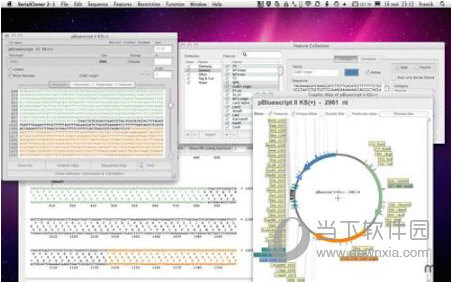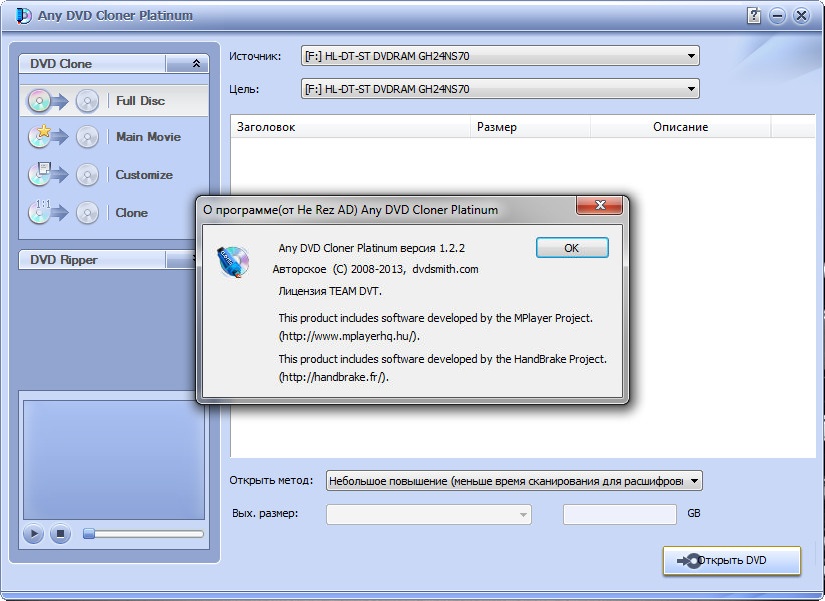

Next-generation sequencing (NGS) technologies have enabled genome re-sequencing for exploring genome-wide polymorphisms among individuals, as well as targeted re-sequencing for the rapid and simultaneous detection of polymorphisms in genes associated with various biological functions. As a result, our characterization elucidates genes underlying population differences, expands the germplasm resources available for Brachypodium, and illustrates the feasibility and limitations of GWAS in this model grass. Genome-wide association studies combining genotypic and phenotypic data also suggest the presence of one or more photoperiodism, circadian clock, and vernalization genes in loci associated with flowering time variation within B.

High levels of differentiation in loci associated with floral development support the differences in flowering phenology between B. Surprisingly, these genomic profiles are associated with differences in flowering time rather than with broad geographic origin. distachyon accessions revealed three distinct, genetically defined populations. Analysis of more than 50,000 SNPs for the B. hybridum genome, which appears as a mosaic of B. Our results confirm the hybrid nature of the B. Over 90,000 high-quality more » single-nucleotide polymorphisms (SNPs) distributed across the Bd21 reference genome were identified. stacei accessions with diverse geographic origins including Albania, Armenia, Georgia, Italy, Spain, and Turkey. Here, we report on genotyping-by-sequencing (GBS) of 84 B. distachyon by the lack of large numbers of well-characterized and sufficiently diverse accessions. Genome-wide association studies (GWAS) of natural variation can elucidate the genetic basis of complex traits but have been so far limited in B. The small, annual grass Brachypodium distachyon (L.) Beauv., a close relative of wheat ( Triticum aestivum L.) and barley ( Hordeum vulgare L.), is a powerful model system for cereals and bioenergy grasses. It also provides markers that can be utilized in conjunction with others already available for further research on population genetics, gene discovery and gene characterization, all of which are necessary for the relevance of B. The work done in this study allows researchers to maintain the fidelity of Bd21 and Bd21-3 stocks for both transgenic and nontransgenic studies.


It was also shown that the markers could be used to determine homozygosity and heterozygosity at specific loci in a Bd21 x Bd3-1 F2 population. distachyon accessions, one case of multiallelism was observed. In this study, 22 indel markers were designed and utilized to produce length polymorphism differences of 150 bp or more, for easy discrimination between Bd21 and Bd21-3. distachyon accessions, Bd21, the reference genome accession, and Bd21-3, the transformation-optimal accession, are publically available. However to date, very few indel markers with larger and easily scored length polymorphism differences, that distinguish between the two morphologically similar and highly utilized B. Numerous markers intended for gene discovery and population genetics have been designed. Brachypodium distachyon is an established model for monocotyledonous plants.


 0 kommentar(er)
0 kommentar(er)
